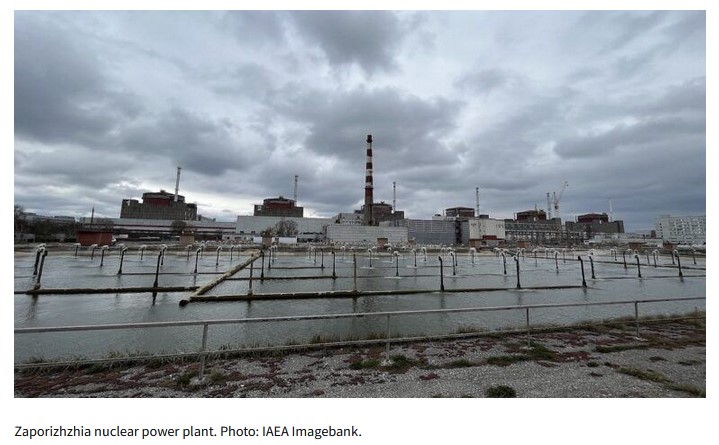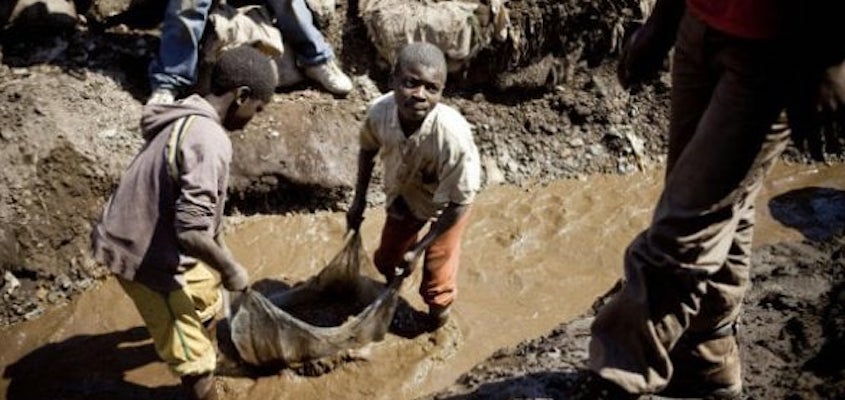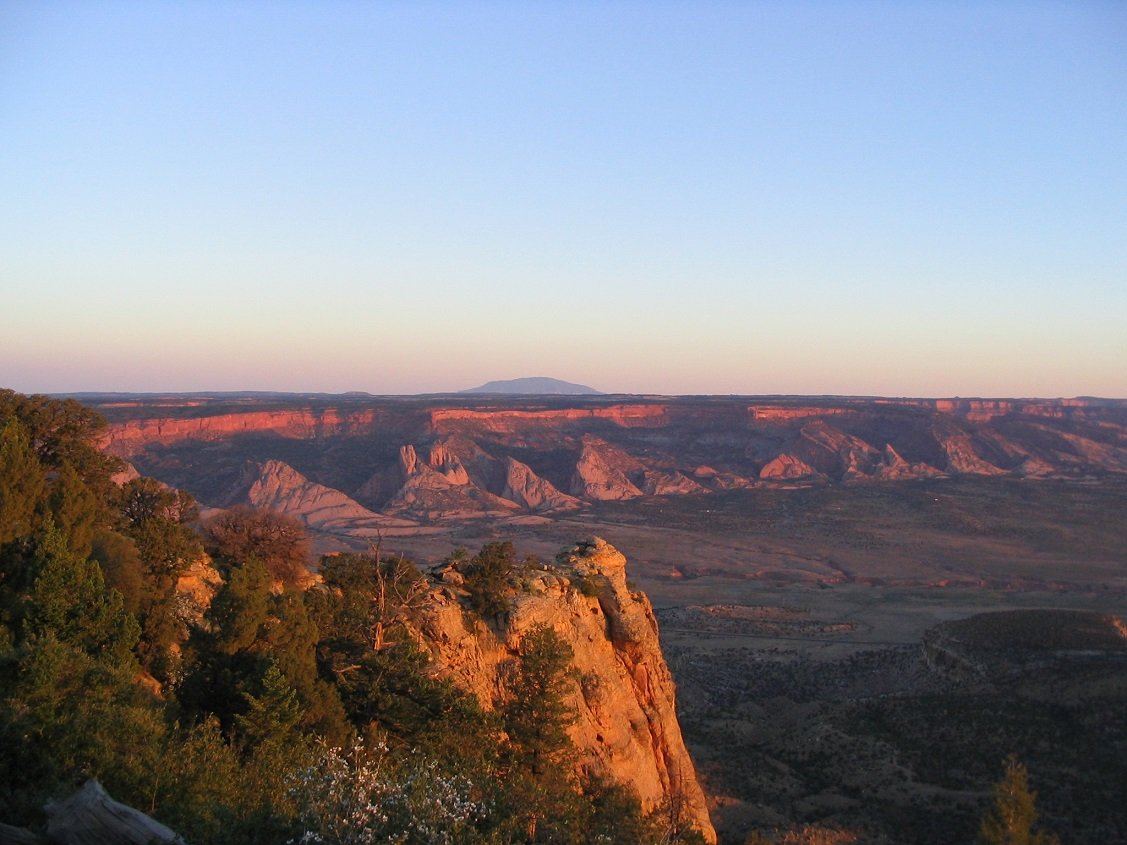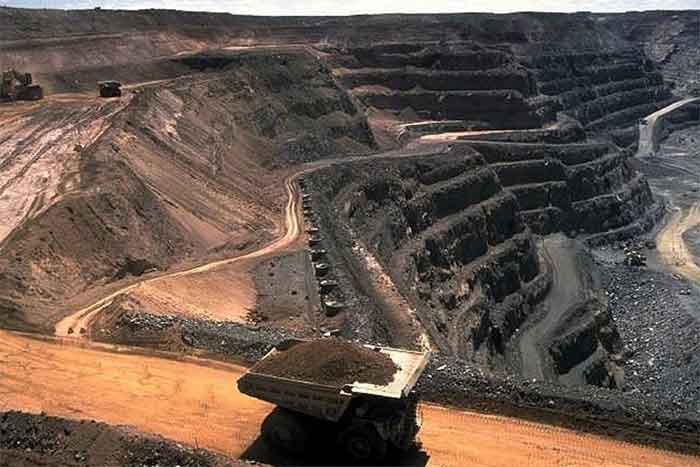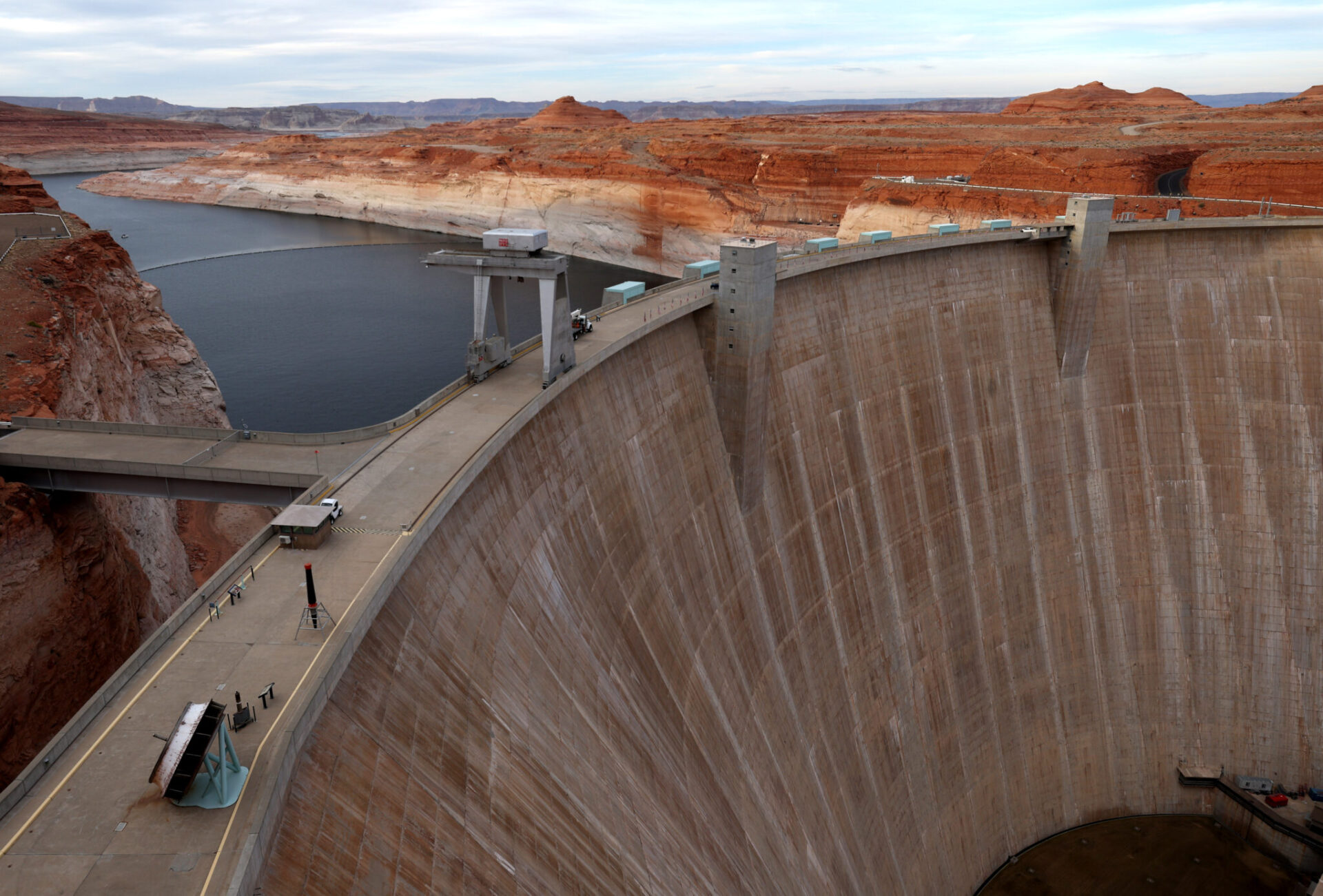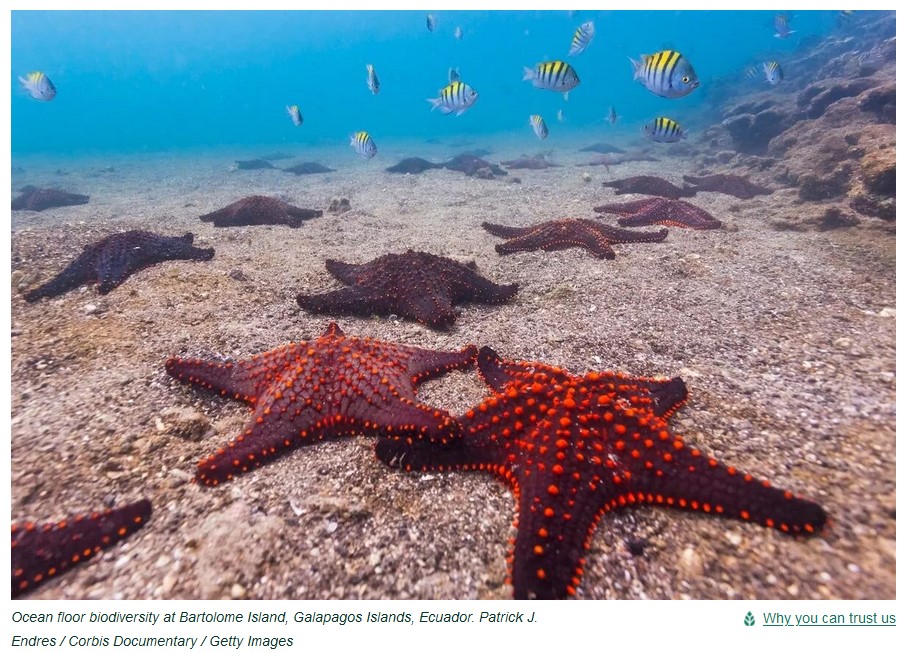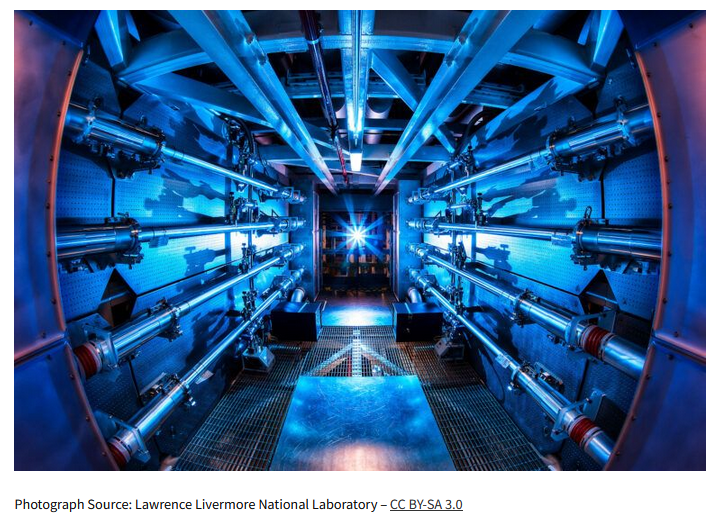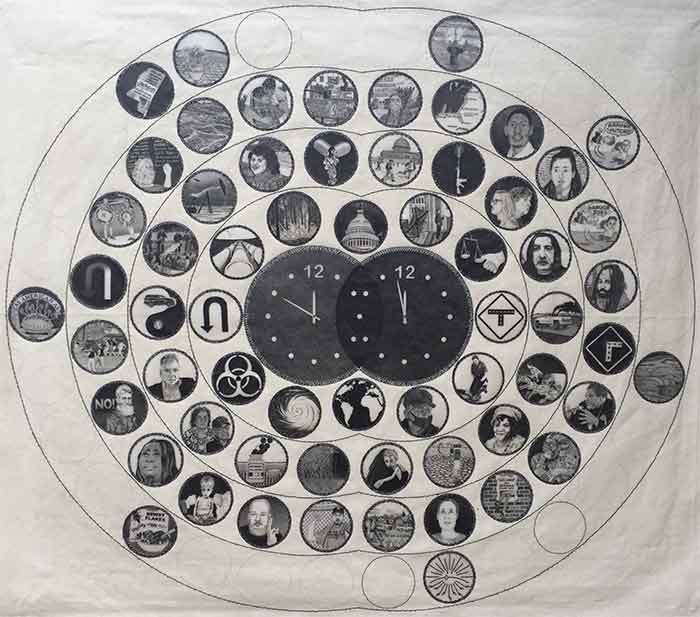Topic: Less of What We Don’t Need
-

Niger: Old Europe on Trial
—
by
Gold, silicon, oil (reserves estimated at 2 billion barrels) and above all uranium, essential for both French nuclear power plants and atomic bombs. Strategic raw materials for imperialism, which needs to consolidate its domination at the expense of the countries of the South. This is the key to understanding the fibrillation provoked, in the United…
-

Red Alert at Zaporizhzhia? Scenarios That Wouldn’t Unfold at a Wind Farm
—
by
Each nuclear reactor contains a lethal radioactive inventory, in the reactor core and also in the fuel pools into which the irradiated fuel is offloaded and, over time, densely packed. Casks also house nuclear waste offloaded from the fuel pools. Zaporizhzhia is the largest nuclear power plant in Europe with at least 2,204 tons of…
-

Virtual Slave Labor In Congo’s Cobalt Mines
—
by
Ann Garrison spoke to Maurice Carneyabout the virtual slave labor in the cobalt mines of the Democratic Republic of the Congo. AG: That’s the violence against hundreds of thousands of artisanal miners living in the most horrific conditions, the equivalent of slavery except that they can’t be bought and sold. They have absolutely no way…
-

Navajo Chapters Oppose Huge Pumped Storage Projects
—
by
“We have concerns for the impact on the animals that we live with because as they destroyed Black Mesa with their strip mining, all the wildlife that used to be in the area moved to the northern edge of Black Mesa. That’s why we considered Black Mesa’s northern edge as the refuge area,” said Herb…
-

The Afghanistan Lithium Great Game
—
by
While the United States, along with its allies, left Afghanistan in August 2021 in spectacularly humiliating circumstances, the departure was never entirely complete, nor bound to be permanent. Since then, Washington has led the charge in handicapping those who, with a fraction of the resources, defeated a superpower and prevailed in two decades of conflict.…
-

“Giant Methane Factories”: Hydropower has long been touted as clean energy. But is it?
—
by
Researchers say that methane is one of the biggest issues with hydropower. As organic matter, including vegetation, dead animals and even fertilizer runoff, gets carried downstream, it piles up in large quantities behind dams and decomposes in the reservoirs. Normally, that decaying organic matter would eventually reach the ocean, where chemical reactions would convert the…
-

Electric Car Production Tied to Racism
—
by
Multi-billionaire Elon Musk claims to practice freedom of expression on his Twitter platform. But numerous complaints of anti-Black racism at his Tesla plant make a mockery of any claims of freedom and tolerance. Complaint after complaint alleging anti-Black racism at Tesla’s factory in Fremont has not stopped such abuse and discrimination, with Black workers segregated…
-

Deep-Sea Mining Could Cause 25x the Biodiversity Loss of Land-Based Mining, Report Warns
—
by
Rising demand for metals like nickel, cobalt, copper and manganese to make batteries used in smartphones and electric vehicles, along with depleting land-based deposits, has led to increased interest in deep-sea mining. But the process of extracting mineral deposits from the ocean floor could destroy habitats and decimate species. According to Planet Tracker, mining the…
-

Nuclear Fusion: Eternal Energy = Eternal Damnation
Like a third rate zombie movie on Netflix, delusions of nuclear fusion repeatedly rise from the dead. The cover story in the June 2023 issue of Scientific American by Philip Ball, “Star Power: Does Fusion Have a Future After All?” recycles the corporate line which was broadcast on December 13, 2022. The US Department of Energy (DOE) announced that…
-

The Old Future Is Gone, and Technology Won’t Bring It Back
—
by
A buildup of new energy capacity won’t flush oil and fossil gas out of the system. Electricity generation from wind, solar, and biofuel sources has soared 50-fold since 2000, but the share of the world’s energy provided by fossil fuels fell only from 87 to 85 percent. In recent years, the global quantity of “human-made…


